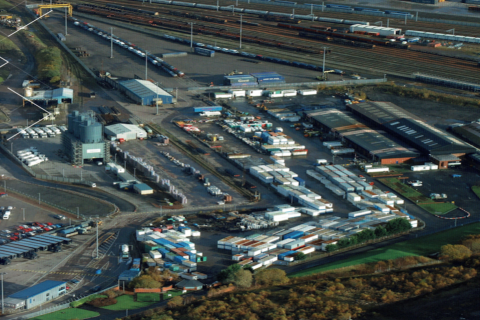Earth Day calls for more intermodal worldwide

Today, Thursday 22 April it is Earth Day, also the start of the World Leaders Summit on Climate. There is no better day to highlight the benefits of intermodal freight transportation. This is exactly what the Intermodal Association of North America (IANA) and the International Union for Road-Rail Combined Transport (UIRR) did.
From a climate perspective, the intermodal system offers important benefits across a variety of dimensions: reducing congestion, saving money for both governments and shippers, providing increased transport capacity while at the same time benefiting the environment through reducing fossil fuel consumption and CO2 emissions.
US and European markets
In North America, high capacity and efficient rail intermodal trains move goods between cities, moving millions of trucks off the long-haul highways. Then trucks provide the flexible capability for the final miles that enable the intermodal option to be extended to and from shippers in all locations.
The European Combined Transport sector operates an extensive network of intermodal connections that provide the hinterland delivery of containers from deep-sea ports and forward diverse cargo on continental relations. Electric rail traction and superior energy efficiency are crucial to achieving the very low carbon footprint of intermodal transport services.
Adopting national freight master plans
IANA and UIIR support governments adopting national freight master plans, which identify intermodal transport – based on its many benefits – for an accelerated role in achieving the decarbonisation objectives shared in the world today.
“Looking to the future, the benefits of intermodal freight transportation will continue to be more fully realised”, shared Joni Casey, president and CEO of IANA. “These include reducing highway congestion, highway maintenance, port congestion, fossil fuel consumption and CO2 emissions while producing efficiencies, cost savings and providing additional freight capacity.”
“Intermodal freight transport has been delivering effective solutions to the diverse challenges posed during the past half-century”, pointed out Ralf-Charley Schultze, President of UIRR. “Our capability to efficiently insert sustainable modes of transport into road-only transport chains will continue to produce positive results for humanity in terms of low carbon footprint, energy efficiency, safety and security, labour productivity and pollution impact.”
You just read one of our premium articles free of charge
Want full access? Take advantage of our exclusive offer





